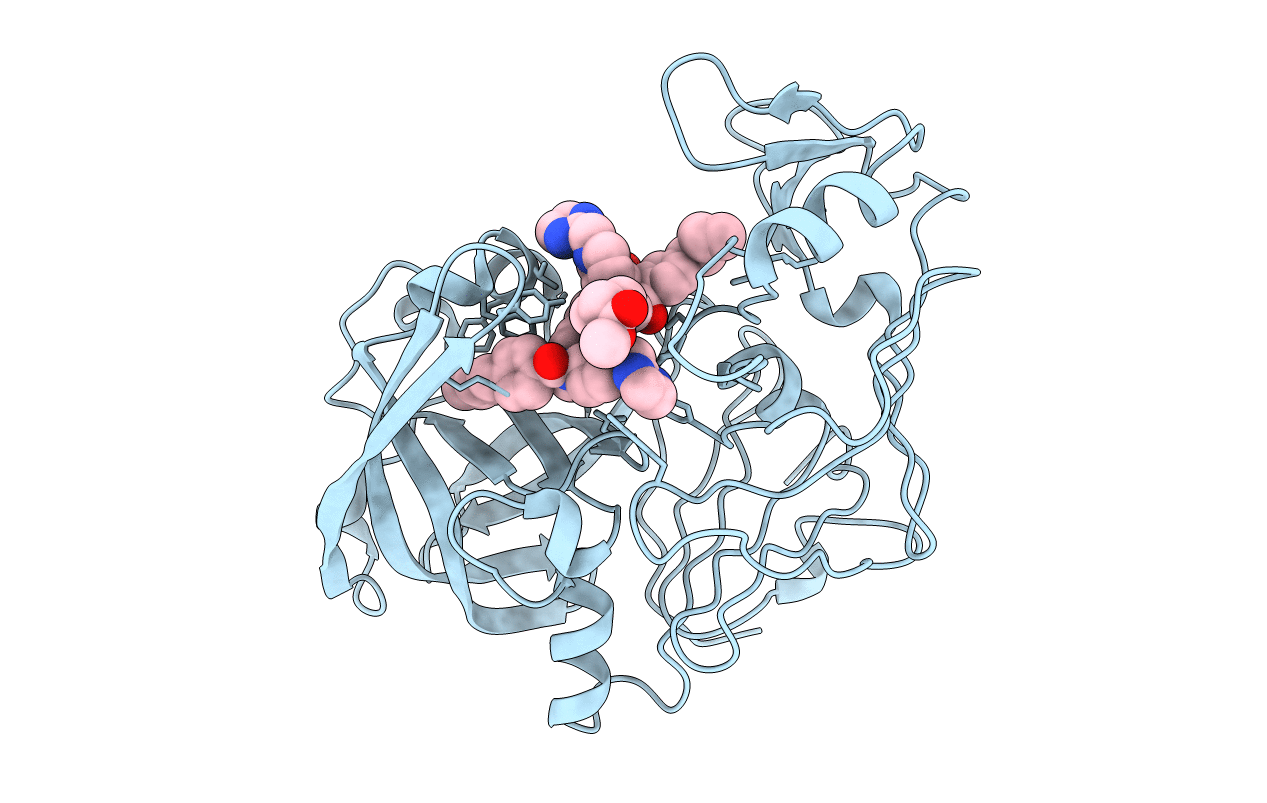
Deposition Date
2005-02-08
Release Date
2005-04-18
Last Version Date
2024-11-06
Entry Detail
PDB ID:
2BJU
Keywords:
Title:
Plasmepsin II complexed with a highly active achiral inhibitor
Biological Source:
Source Organism:
PLASMODIUM FALCIPARUM (Taxon ID: 5833)
Host Organism:
Method Details:
Experimental Method:
Resolution:
1.56 Å
R-Value Free:
0.22
R-Value Work:
0.19
R-Value Observed:
0.19
Space Group:
P 21 21 2


